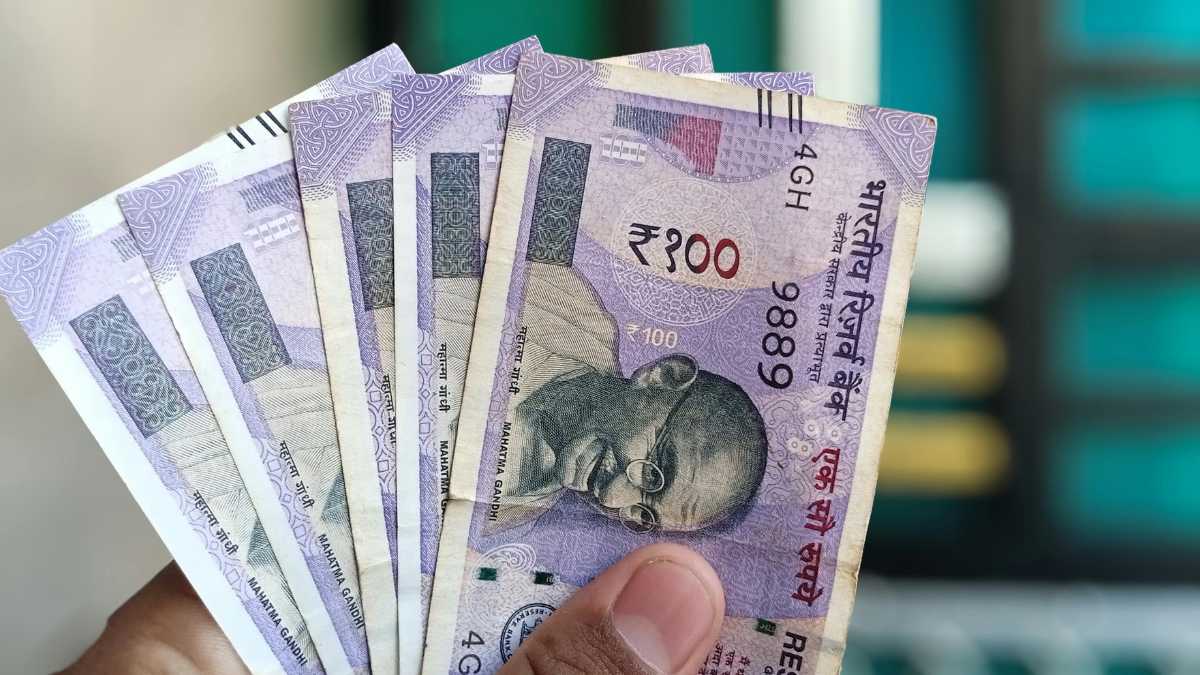Markets witnessed a strong rally today as the Indian benchmark indices Sensex and Nifty closed with notable gains. The Sensex soared more than 850 points to end at 83,383.92, and the Nifty rang the closing bell about 250 points higher, settling above 25,500.
The top gainers included stocks such as Titan, Kotak Bank, Axis Bank, M&M and Adani Ports and the only laggards in the markets were Infosys and Eternal.
The broader markets painted green and the Nifty 100 index gained by 0.94 per cent. Sectorally, the Nifty FMCG index witnessed gains of 2.02 per cent.
During early morning trade on Thursday, both the indices opened higher with the Sensex ringing the opening bell above 82,850, climbing over 250 points and the Nifty trading just under 25,400, witnessing gains of 70 points.
What's Fuelling The Rally?
The indices tracked positive in coordination to their Asian counterparts, observing overnight global cues. There was additional optimism as gold prices continued to rise to fresh record highs, hinting at the rise in demand for safe-haven assets amid global uncertainty.
Indian equity markets extended their winning streak on Thursday, with the Sensex climbing close to 900 points and the Nifty touching a four-month high. The rally was driven by strong performances in banking stocks and positive global cues.
Optimism over a potential US Federal Reserve rate cut and the International Monetary Fund’s upward revision of India’s growth forecast to 6.6 per cent for FY26 helped lift investor confidence, said Gaurav Garg, Research Analyst at Lemonn Markets Desk.
Vinod Nair, Head of Research at Geojit Investments Limited, added that sentiment was further buoyed by expectations of a Q3 FY26 demand recovery, early indications of foreign institutional investor inflows, dovish comments from the US Fed, and a weaker dollar index.
Meanwhile, Commerce Secretary Rajesh Agrawal will join the Indian delegation in the United States today for trade discussions. The Indian negotiating team is already in Washington, with New Delhi signalling its readiness to increase energy imports from the US as part of ongoing trade engagements.





